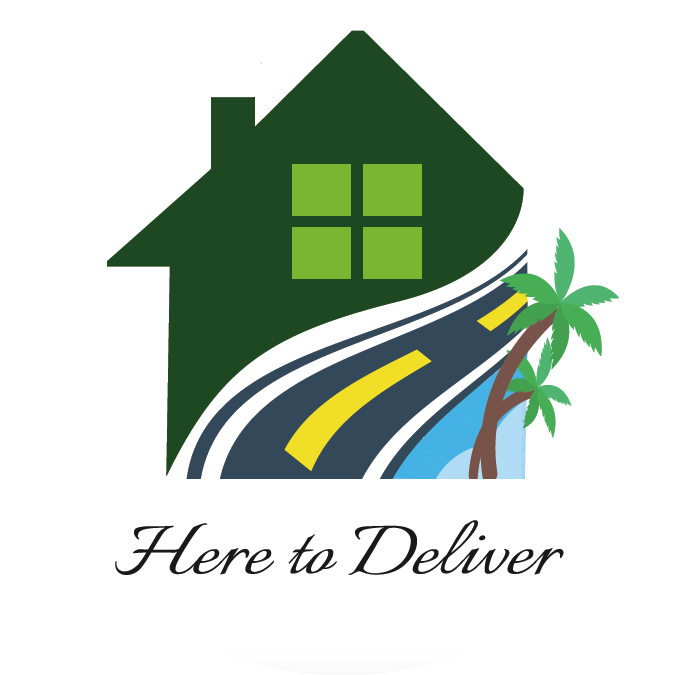Name of Client: Water and Sanitation Development Facility – Central
Project Name: Consultancy Services to Undertake Location, Reconnaissance, Topographic, Cadastral and Valuation Surveys in WSDF-C Area of Operation in Central Region Under a Framework Contract
Description: The water and sanitation sub-sector in Uganda has evolved over the past 10 to 15 years through several reforms and national instruments all geared towards increasing efficiencies in implementation and effectiveness in delivery of services to the unserved. This continuous change process has enabled appropriate adaptation of sector policies and strategies to be incorporated into emerging national and international development agenda including the country’s National Development Plan (NDP) and also aligned towards the achievement of the Sustainable Development Goals (MDGs) and Uganda’s Vision 2040.
The objective of the Urban Water Supply and Sewerage Services Department (UWSSSD) is to contribute towards the national goal of providing safe water and promote sanitation. The recent initiative for piloting the Water and Sanitation Development Facility (WSDF) is an attempt to align the UWSSSD to address ensuing challenges to support small towns’ investments and further strengthen the institutional mandates in regulation, planning and monitoring and quality assurance.
The WSDF was established as a national instrument for major, multi-year water sector investments. The Water and Sanitation Development Facility – Central (WSDF – C) is the latest establishment as a service delivery and funding mechanism to focus on provision of water supply and sanitation to small towns and rural growth centres in the central region of Uganda. The WSDF – C is desirous to support the feasibility design and detailed design of town water supply systems in selected urban centers in the Central region. The WSDF-C focuses on the following core areas;
Water Supply: Supply piped water in Small Towns through public, institutional and private connections
Sanitation: Public sanitation facilities including hygiene education and promotion of innovative technologies
Environment: Source catchments protection including some targeted campaigns against bad environmental practices (bush burning) and advocating for good practices (forestation, agro- forestry, soil erosion control, etc).
Objective: To undertake surveying services that aid the Ministry of Water and Environment acquire land titles to all land bearing infrastructure of the water supply and sanitation services systems.
Scope
- Undertake ground – truthing verification; Acquisition, Processing and interpretation of satellite Imagery (Google Earth); Collecting and managing spatial datasets containing
- To identify the rightful land owners of all the land that has been proposed for construction of Water Supply and Sanitation Systems
- Establish a detailed network of survey control points with accuracy of not less than 2nd order geodetic points stipulated by the Department of Surveys and Mapping (DSM) of Ministry of Lands, Housing and Urban Development
- Open the boundaries of land where water supply and sanitation infrastructure are located or intended.
- Carry out detailed topographic surveys for the transmission and distribution mains
- Produce cross sections, plans and profile of the water supply and sanitation systems and treatment plants for the urban centers in the format agreed by the client’s design engineer.
- To identify PAPs and their properties and determine the extent of involuntary resettlement/displacements and restricted access impacts associated with the project implementation and put in place measures to minimize and/or mitigate such impacts;
- To value PAPs’ property and assets and provide a strategy for the compensation of PAPs;
- To set out strategies for the implementation of the RAP, including the process through which to acquire the necessary land and easements for the implementation of the AWSP project activities; and
- To carry out consultations with community members and other stakeholders, including PAPs, and make them aware of the project sub-components and to obtain their concerns regarding the economic and social impacts of the proposed AWSP and mitigation measures
Period: Since August, 2020 – to April, 2021

